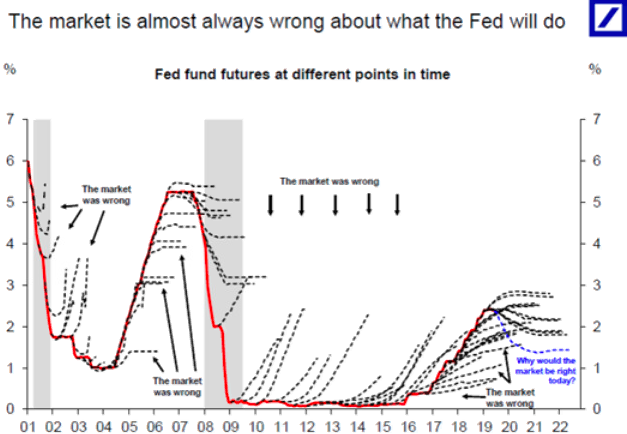Unveiling the Acronym behind the Powerhouse
In the world of finance, acronyms hold sway, each denoting a key player in the intricate dance of global markets. Among these acronyms, one stands out for its far-reaching impact: FED. This article will delve into the full form of FED, its history, and its pivotal role in shaping the banking and forex landscapes.

Image: economictimes.indiatimes.com
FED: The Backbone of Monetary Policy
FED is the acronym for the Federal Reserve System, the central banking system of the United States. Established in 1913, the FED’s primary mandate is to regulate the money supply, control inflation, and maintain financial stability within the U.S. economy. Through its monetary policy decisions, the FED has the power to influence economic growth, unemployment rates, and the value of the U.S. dollar.
FRED’s Functions and Impact
The FED carries out its responsibilities through a range of functions, including:
- Setting interest rates, which affect the cost of borrowing for businesses and consumers;
- Conducting open market operations, buying or selling government securities to influence the money supply;
- Supervising and regulating financial institutions to ensure their soundness and stability;
- Providing liquidity to banks during times of financial stress;
- Issuing U.S. currency
These FED actions play a crucial role in determining the direction of the U.S. economy. A change in interest rates, for instance, can stimulate or slow down economic activity. Similarly, the FED’s liquidity provisions during periods of financial crisis can help prevent systemic failures and protect the financial system.
FED’s Influence on Banking & Forex Markets
The FED’s monetary policy decisions have a profound impact on the banking and forex markets. Interest rate changes, for example, directly affect the profitability of banks and the attractiveness of the U.S. dollar for investors.
When the FED raises interest rates, banks earn higher returns on their loans, increasing their earnings. This can lead to increased lending, which can boost economic growth. However, it can also lead to higher borrowing costs for businesses and consumers, potentially slowing down economic activity.
In the forex market, changes in interest rates and other FED policy decisions can significantly impact currency exchange rates. For instance, if the FED raises interest rates, the U.S. dollar may become more attractive to investors seeking higher returns. This can lead to an appreciation of the U.S. dollar against other currencies.

Image: wolfstreet.com
Tips and Expert Advice for Navigating a FED-Driven Market
Understanding the FED’s influence on the markets is essential for investors and businesses alike. By staying informed about FED policy decisions and economic news, investors can make informed choices to mitigate risks and optimize returns. Here are some tips and expert advice:
- Monitor FED announcements: Pay attention to FED press releases and speeches to stay abreast of policy updates that may affect the markets.
- Analyze economic data: Follow employment figures, inflation data, and other economic indicators to gauge the direction of the economy and anticipate possible FED actions.
- Consider diversification: Spread investments across different asset classes and currencies to reduce exposure to market swings caused by FED policy changes.
By incorporating these tips into your investment strategies, you can increase your chances of success in navigating the ever-changing FED-driven market landscape.
FAQs about FED and Its Impact on Markets
Q: How does the FED influence inflation?
The FED can influence inflation by adjusting interest rates. Raising interest rates can slow down economic growth and reduce inflationary pressures. Conversely, lowering interest rates can stimulate economic activity and potentially lead to higher inflation.
Q: What are quantitative easing and quantitative tightening?
Quantitative easing (QE) is a FED policy involving the purchase of government securities to increase the money supply. Quantitative tightening (QT) is the opposite, where the FED sells securities to reduce the money supply. Both policies can impact interest rates and currency exchange rates.
Q: How can the FED affect employment levels?
The FED’s monetary policy decisions can impact economic growth, which in turn can affect employment levels. For instance, raising interest rates can slow down economic growth and lead to job losses, while lowering interest rates can stimulate growth and create new job opportunities.
Fed Full Form In Banking Forex Market
Conclusion
The FED stands as a cornerstone of the U.S. financial system, playing a vital role in maintaining economic stability, regulating financial institutions, and shaping monetary policy. Its actions have far-reaching implications for the banking and forex markets, affecting interest rates, liquidity, and currency valuations. By understanding the FED’s functions and impact, investors and businesses can make informed decisions to navigate the ever-evolving financial landscape.
Are you intrigued by the complexities of the FED and its role in the global financial system? Share your thoughts and questions in the comments below!






